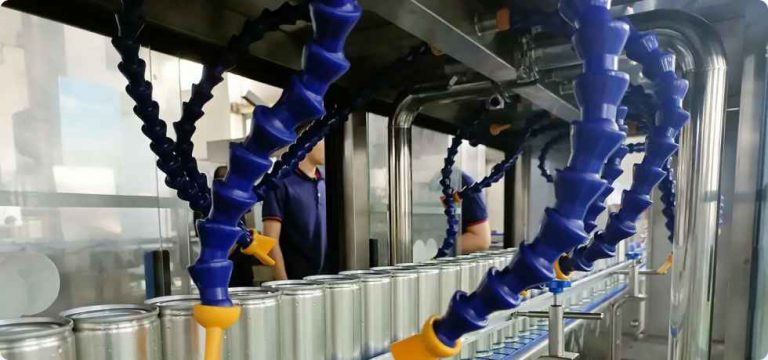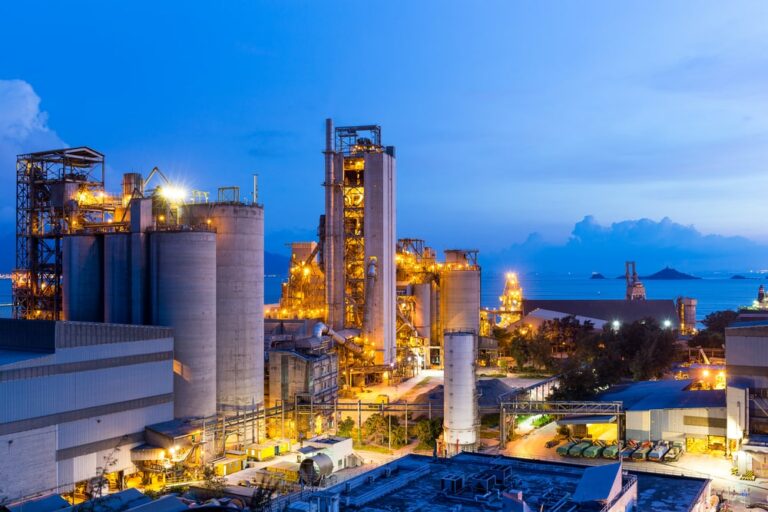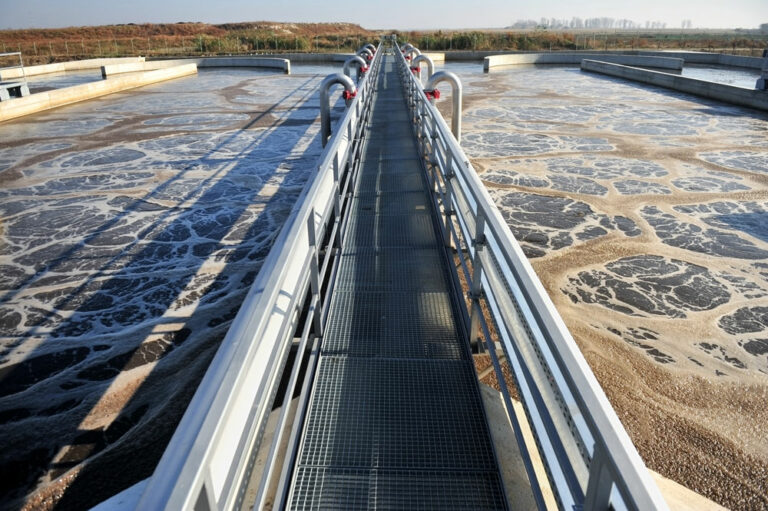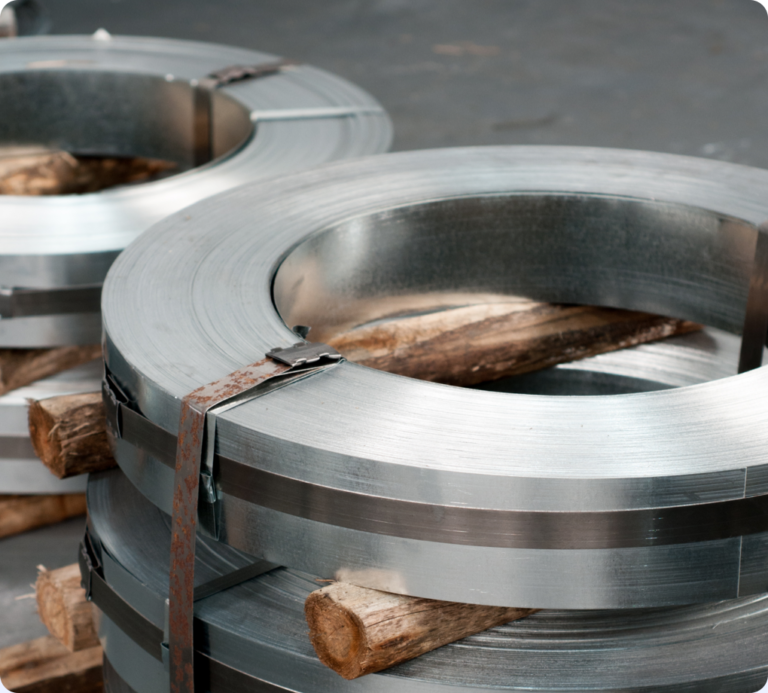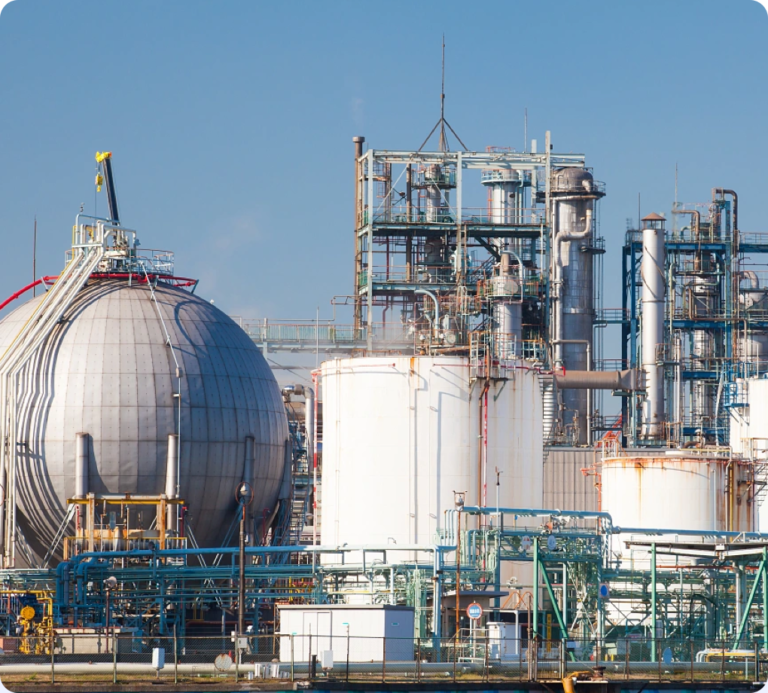Comparing with peers,RAETTS owns a full production line including:miniature type air bearing blower,Konrad type portable air bearing blower,standard type air suspension blower,maglev turbo blower,high speed centrifugal air blower,maglev turbo compressor,aeration blower manufacturers,Sewage Treatment Plant blower,air blower for printing and dyeing wastewater,turbo blowers,air blower supplier,WWTP blower,high speed permanent magnet syschonous motor,and maglev centrifugal chiller.In order to meet with different customers application site,we R&D different power,air flow and pressure air blowers to fullfil customers requirements.RAETTS compressed air blower product range is as follow:
1.miniature type air bearing blower:power range 2.2kw-5.5kw,air pressure 40kpa,air flow 2.8m3/min-7m3/min.Compact size design,lower noise up to 65dB,different direction outlet design,suitable for small sewage treatment plant.
2.Konrad type portable air bearing blower:power range 7.5kw-22kw,air pressure 40-80kpa,air flow 7m3/min-28m3/min.Compact size design,lower noise up to 75dB,cheaper price to replace the traditional roots blowers which have loud noise,high energy consumption and complicated maintenance.
3.standard type air suspension blower:power range 7.5kw-300kw,air pressure 40-120kpa.This electric air blower is widely used for wastewater treatment plants which adopt MBR/MBBR/SBR and other biological treatment method.These technologies need to supply air for the microorganism,and our industrial air blower is used for wastewater treatment aeration.
4.Maglev turbo air blower:power range 22kw-450kw,air pressure 40-120kpa.This electrical air blower is widely used for application site which needs frequently start-stop,such as wastewater treatment SBR process,backwash process,pneumatic conveying and so on.air blowers for pneumatic conveying
5.high speed centrifugal air blower:
belt-drive high speed centrifugal blower:power range 4kw-18.5kw,air pressure 18kpa-29kpa,mostly used for food industrial drying production line,such as beer bottle drying,can drying,PCB drying and so on.
direct-drive high speed centrifugal blower Explorer series:power range 3kw-22kw,air pressure:12kpa-33kpa.Higher efficiency than belt-drive air blower,normally used as the air source of the air knife drying system.
RAETTS has more different deisgn air blower for customer different applications,many of RAETTS air blower machine is customized according to customers requirements,if you need any special design request,pls contact with us for discussing more details.
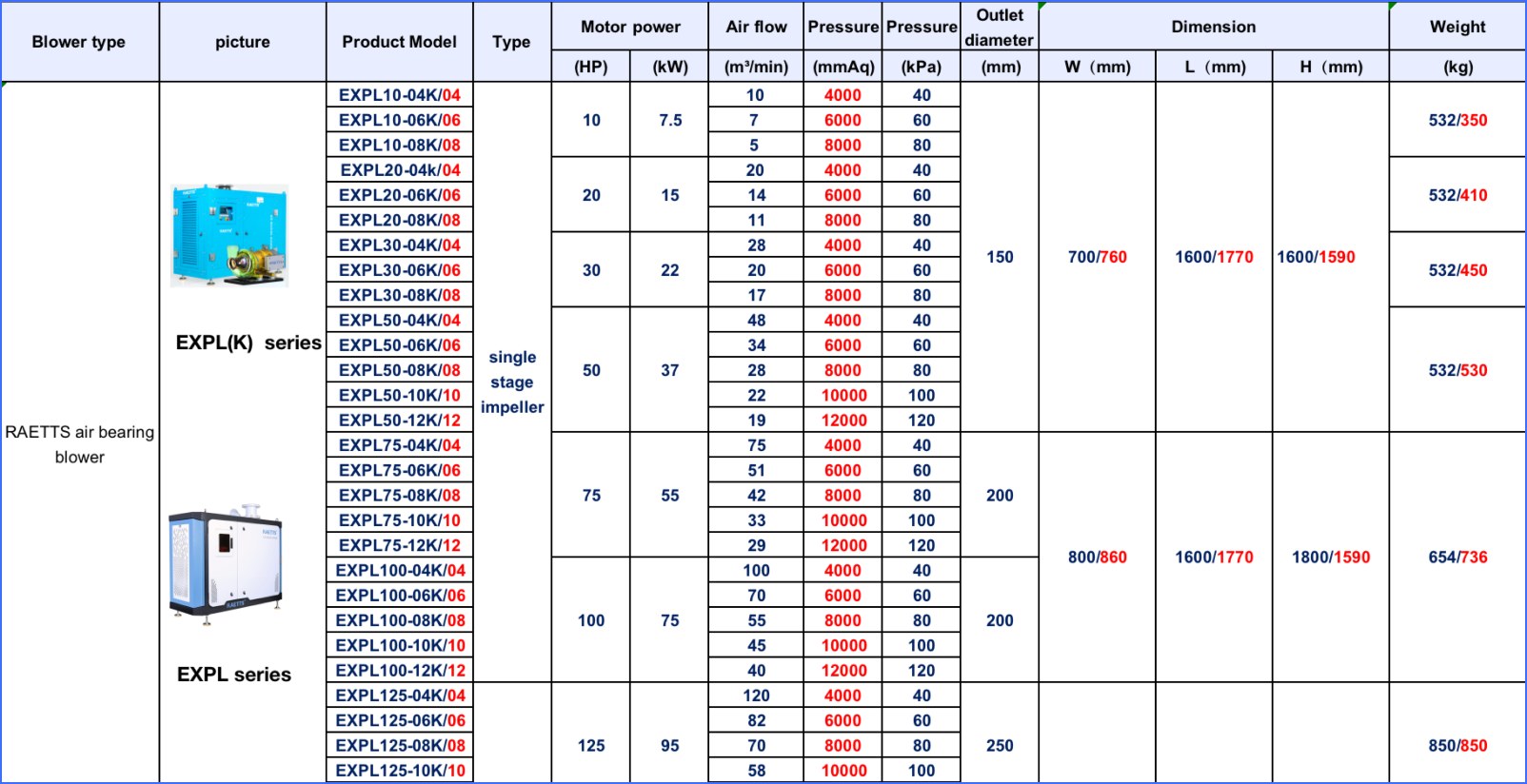
| Product name | air blowers for pneumatic conveying |
| Keyword | aeration blower manufacturers,Sewage Treatment Plant blower,air blower for printing and dyeing wastewater,turbo blowers,air blower supplier,WWTP blower |
| Place of Origin | China |
| Feature | RAETTS air bearing turbo blower is a brand-new concept blower, which integrates the main core technologies such as “air suspension bearing”, “permanent magnet ultra-high-speed motor”, “high-precision aviation-grade impeller”, and creates a new era of ultra-high efficiency ,low noise and low energy consumption. |
| Dimensions | 723mm*730mm*839mm, (Contact us for specific information to confirm) |
| Applicable Industries | thermal power plant, etc. |
| Weight | 547kg |
| delivery date | the common delivery time will be 30-40 days. |
| terms of paymen | RAETTS accept payment by T/T(30% advance payment,70% before shipment) |
| Life span | 18 years (Contact us for specific information to confirm) |
| After-sale service | RAETTS warranty time for air bearing blower and maglev turbo blower is 24months,for high speed centrifugal blower is 12 months. |
| Advantage | We keep good quality and competitive price to ensure our customers benefit |
| Packing | 815x879x863mm(Contact us for specific information to confirm) |
| OEM/ODM | Customization Service Provided |
| Sales country | All over the world for example:Ecuador,Zimbabwe,Glorioso Islands,Micronesia, Federated States of,Palau,Guinea-Bissau |
| MOQ | 6pcs(Contact us for specific information to confirm) |
| production capacity | production capacity RAETTS production quantity for air bearing blower and maglev turbo blower is about 200pcs/month,for high speed centrifugal blower is about 700pcs/month. |
| raw materials | RAETTS air blower impeller in made of aluminum alloy,enclosure material is carbon steel,rotor material is cast iron.If customers need other special materials,we can also customized according to customers requirements |
| technology | RAETTS air bearing blower technology is originated from South Korea and maglev turbo blower technology is originated from Germany.RAETTS also have R&D team from Xi’an Jiaotong University |
| quality system | RAETTS has quality management system certificate ISO9001:2015 and enviromental management system certificate ISO14001:2015 |

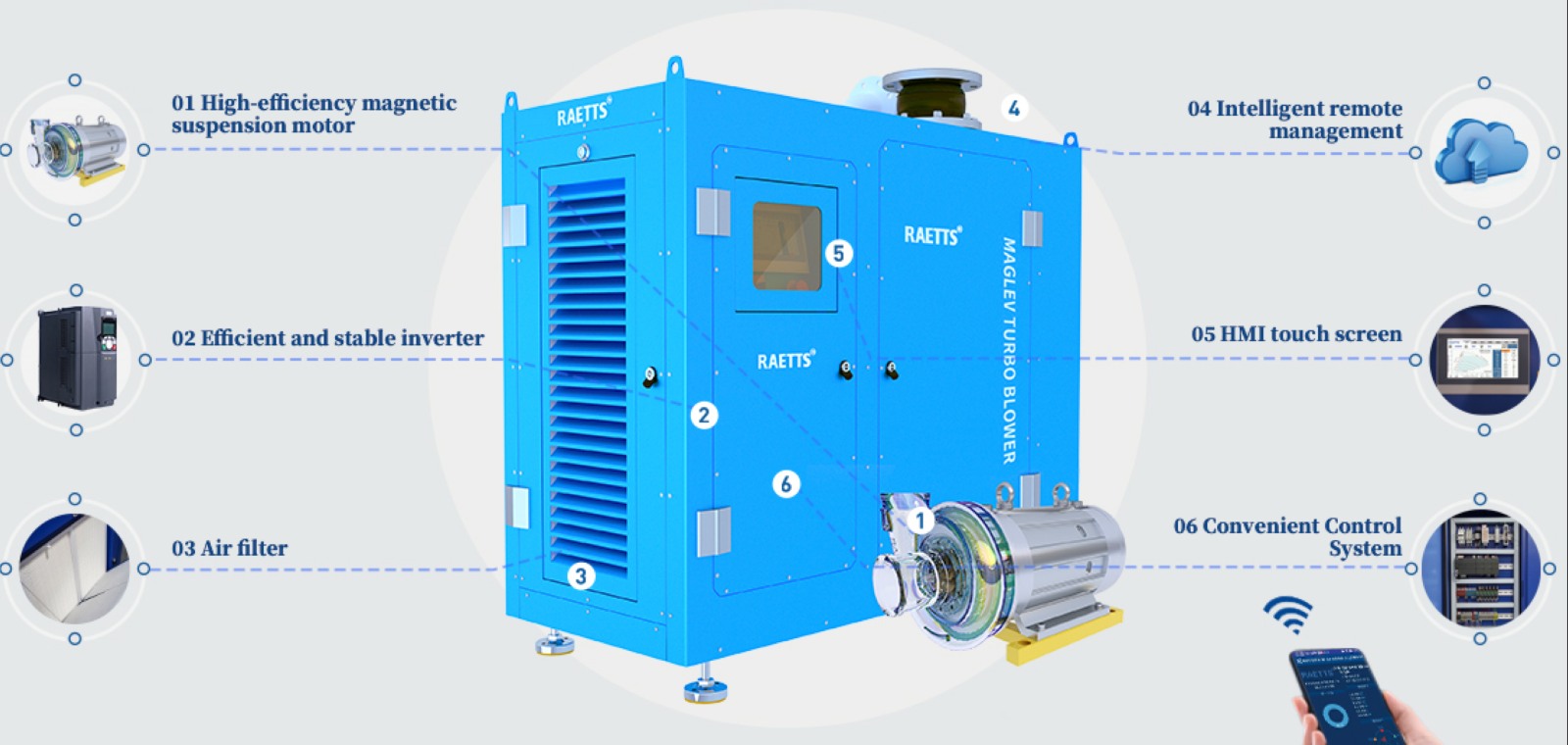
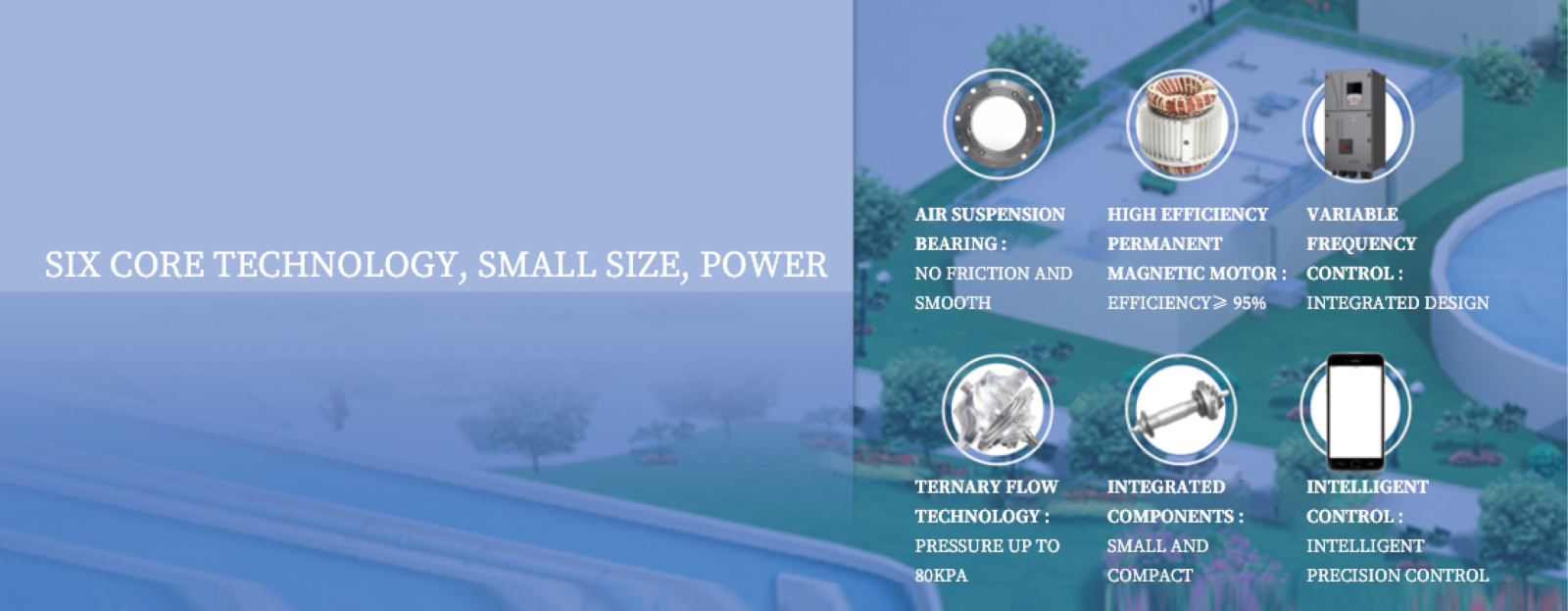
air blowers for pneumatic conveying services FAQs Guide
Are you looking for a quick review guide about air blowers for pneumatic conveyingservices?
An ultimate FAQ buying guide is available to help you.This guide contains all the information about all the important facts, figures, and various processes regarding air blowers for pneumatic conveying services.
Let’s continue!
2.About air blowers for pneumatic conveying MOQ
3.What is the Maximum Pressure and Flow Rate of a Turbo Blower?
4.What Measures are in Place for Protecting Against Overloading a Turbo Blower?
5.What is a Turbo Blower and How Does it Work?
6.About air blowers for pneumatic conveying quality system
7.How Does a Turbo Blower Handle Varying Inlet Conditions?
8.Is a Turbo Blower More Efficient at Higher or Lower Speeds?
9.About air blowers for pneumatic conveying technology
10.About air blowers for pneumatic conveying production skills training
11.About air blowers for pneumatic conveying production management system
12.What Are the Advantages of Choosing a High-Speed Turbo Blower?
1.What Industries Benefit Most from Using Turbo Blowers?
We focus on our customers’ needs and strive to meet their expectations, so we take this very seriously.
1. Wastewater Treatment: Turbo blowers are commonly used in wastewater treatment plants for aeration and mixing processes. They provide high air flow rates and energy efficiency, making them ideal for this industry.
2. Chemical Processing: Turbo blowers are used in chemical processing plants for various applications such as air agitation, gas compression, and vacuum generation. They are preferred for their high reliability and low maintenance requirements.
3. Power Generation: Turbo blowers are used in power plants for combustion air supply, cooling, and ventilation. They are also used in gas turbine power plants for air compression.
4. Food and Beverage: Turbo blowers are used in the food and beverage industry for aeration, cooling, and drying processes. They are also used for pneumatic conveying of food products.
5. Pulp and Paper: Turbo blowers are used in the pulp and paper industry for aeration, ventilation, and drying processes. They are also used for paper machine vacuum systems.
6. Mining: Turbo blowers are used in the mining industry for ventilation, dust control, and pneumatic conveying of materials. They are preferred for their high efficiency and low maintenance requirements.
7. Oil and Gas: Turbo blowers are used in the oil and gas industry for gas compression, vapor recovery, and flare gas recovery. They are also used for pneumatic conveying of materials in refineries and petrochemical plants.
8. Pharmaceutical: Turbo blowers are used in the pharmaceutical industry for air agitation, drying, and sterilization processes. They are preferred for their high purity and low noise levels.
9. Textile: Turbo blowers are used in the textile industry for air supply in spinning, weaving, and dyeing processes. They are also used for pneumatic conveying of fibers and fabrics.
10. Aquaculture: Turbo blowers are used in aquaculture for aeration and oxygenation of water in fish and shrimp farms. They are preferred for their energy efficiency and low noise levels.
2.About air blowers for pneumatic conveying MOQ
Normally our MOQ for air blower is 1 set
3.What is the Maximum Pressure and Flow Rate of a Turbo Blower?
We should have a stable supply chain and logistics capabilities, and provide customers with high -quality, low -priced air blowers for pneumatic conveying products.
The maximum pressure and flow rate of a turbo blower can vary depending on the specific model and manufacturer. However, in general, turbo blowers can achieve pressures up to 15 psi (1 bar) and flow rates up to 10,000 cubic feet per minute (cfm) (283 cubic meters per minute). Some high-performance turbo blowers may be able to achieve even higher pressures and flow rates. It is important to consult the manufacturer’s specifications for the specific turbo blower being used to determine its maximum pressure and flow rate capabilities.
4.What Measures are in Place for Protecting Against Overloading a Turbo Blower?
We continue to improve air blowers for pneumatic conveying products and processes to improve efficiency.
1. Design and Engineering: Turbo blowers are designed and engineered to withstand a certain amount of load and stress. The design includes factors such as material strength, bearing capacity, and rotor dynamics to ensure that the blower can handle the expected load without failure.
2. Load Monitoring: Most turbo blowers are equipped with load monitoring systems that continuously measure the load on the blower. This allows operators to keep track of the load and make adjustments if necessary to prevent overloading.
3. Safety Margins: Turbo blowers are designed with safety margins to account for unexpected increases in load. These safety margins provide a buffer to prevent overloading and protect the blower from damage.
4. Control Systems: Advanced control systems are used to regulate the speed and flow of the blower. These systems can adjust the blower’s output to match the required load, preventing overloading.
5. Vibration Monitoring: Vibration monitoring systems are used to detect any abnormal vibrations in the blower. Excessive vibrations can be an indication of overloading, and the system can automatically shut down the blower to prevent damage.
6. Temperature Monitoring: Turbo blowers generate a lot of heat, and excessive heat can be a sign of overloading. Temperature monitoring systems can detect any abnormal increases in temperature and shut down the blower to prevent damage.
7. Regular Maintenance: Regular maintenance and inspections are crucial for identifying any potential issues that could lead to overloading. This includes checking for wear and tear, lubrication levels, and any other signs of damage.
8. Training and Education: Proper training and education of operators is essential for preventing overloading. Operators should be familiar with the blower’s capabilities and know how to operate it within its limits to avoid overloading.
5.What is a Turbo Blower and How Does it Work?
We enjoy high authority and influence in the industry and continue to innovate products and service models.
A turbo blower is a type of centrifugal blower that uses a high-speed impeller to move air or gas through a system. It is commonly used in industrial and commercial applications for ventilation, aeration, and pneumatic conveying.
The basic principle of a turbo blower is similar to that of a centrifugal fan. The impeller, which is a rotating wheel with curved blades, draws air in through the center and then accelerates it outward. This creates a high-velocity stream of air that is then directed through a diffuser, which converts the kinetic energy into pressure energy. The pressurized air is then discharged through an outlet.
The main difference between a turbo blower and a centrifugal fan is the speed at which the impeller rotates. A turbo blower typically operates at much higher speeds, often in the range of 15,000 to 50,000 revolutions per minute (RPM). This high speed is achieved through the use of a direct-drive motor or a gear system.
The high speed of the impeller allows for a more compact design and higher efficiency compared to traditional centrifugal fans. It also results in a more uniform flow of air, which is important for applications such as aeration and pneumatic conveying.
In addition to the impeller speed, the design of the blades also plays a crucial role in the performance of a turbo blower. The blades are typically curved and angled to efficiently capture and accelerate the air. They may also be adjustable to allow for fine-tuning of the air flow and pressure.
Some turbo blowers also incorporate variable frequency drives (VFDs) to control the speed of the impeller and adjust the air flow and pressure as needed. This allows for more precise control and energy savings.
Overall, turbo blowers are a highly efficient and versatile option for moving air and gas in various industrial and commercial applications. They offer a compact design, high speed, and precise control, making them a popular choice for many industries.
6.About air blowers for pneumatic conveying quality system
RAETTS has quality management system certificate ISO9001:2015 and enviromental management system certificate ISO14001:2015.
7.How Does a Turbo Blower Handle Varying Inlet Conditions?
We maintain a certain amount of R&D investment every year and continuously improve operational efficiency to provide better services to our cooperative customers.
A turbo blower is designed to handle varying inlet conditions by adjusting its speed and flow rate to maintain a constant pressure at the outlet. This is achieved through the use of a variable frequency drive (VFD) which controls the speed of the blower motor.
When the inlet conditions change, such as an increase or decrease in air flow or pressure, the VFD will adjust the speed of the blower to maintain a constant pressure at the outlet. This is done by monitoring the pressure at the outlet and adjusting the speed of the blower accordingly.
In addition, turbo blowers are equipped with inlet guide vanes (IGVs) which can be adjusted to control the amount of air entering the blower. This allows the blower to handle varying inlet conditions without overloading the motor or causing damage to the blower.
Furthermore, some turbo blowers are equipped with advanced control systems that can automatically adjust the speed and flow rate based on the inlet conditions, ensuring optimal performance and energy efficiency.
Overall, a turbo blower is able to handle varying inlet conditions by continuously adjusting its speed and flow rate to maintain a constant pressure at the outlet, while also utilizing inlet guide vanes and advanced control systems for optimal performance.
8.Is a Turbo Blower More Efficient at Higher or Lower Speeds?
We pay attention to the transformation of intellectual property protection and innovation achievements. Your OEM or ODM order design we have a complete confidentiality system.
A turbo blower is more efficient at higher speeds. This is because the higher the speed, the more air is being pushed through the blower, resulting in a higher volume of air being moved. This increased volume of air allows for more efficient operation and better performance. Additionally, at higher speeds, the blower is able to overcome any resistance or back pressure in the system more easily, resulting in a more efficient operation.
9.About air blowers for pneumatic conveying technology
RAETTS air bearing blower technology is originated from South Korea and maglev turbo blower technology is originated from Germany.RAETTS also have R&D team from Xi’an Jiaotong University.
10.About air blowers for pneumatic conveying production skills training
RAETTS will train the production staffs for 3 months before they do production,including:machine operation,assembly,testing and so on.
11.About air blowers for pneumatic conveying production management system
RAETTS use 6S system to manage the production,we also have enviromental management system certificate ISO14001:2015 and occupational health and safety management ISO45001:2018
12.What Are the Advantages of Choosing a High-Speed Turbo Blower?
We have the leading technology and innovation capabilities, and attach importance to employee training and development, and provide promotion opportunities.
1. Energy Efficiency: High-speed turbo blowers are designed to operate at high speeds, which results in higher energy efficiency compared to traditional blowers. This means lower energy consumption and cost savings for the user.
2. Compact Size: High-speed turbo blowers are smaller in size compared to traditional blowers, making them ideal for applications where space is limited. This also makes them easier to install and maintain.
3. Low Noise Levels: High-speed turbo blowers operate at a much lower noise level compared to traditional blowers, making them suitable for use in noise-sensitive environments.
4. Low Maintenance: High-speed turbo blowers have fewer moving parts compared to traditional blowers, resulting in lower maintenance requirements and costs.
5. Wide Operating Range: High-speed turbo blowers have a wide operating range, allowing them to maintain a consistent flow and pressure even when there are fluctuations in demand.
6. Durability: High-speed turbo blowers are designed to be highly durable and have a longer lifespan compared to traditional blowers, resulting in lower replacement and maintenance costs.
7. Flexibility: High-speed turbo blowers can be used for a variety of applications, including aeration, ventilation, and pneumatic conveying, making them a versatile choice for different industries.
8. Environmentally Friendly: High-speed turbo blowers are designed to be environmentally friendly, with lower emissions and energy consumption compared to traditional blowers.
9. Faster Start-Up Time: High-speed turbo blowers have a faster start-up time compared to traditional blowers, allowing for quicker response to changes in demand.
10. Advanced Control Options: High-speed turbo blowers come with advanced control options, such as variable frequency drives, allowing for precise control of air flow and pressure. This results in better process control and energy savings.
Tag:Pneumatic conveying centrifugal blowers,Centrifugal Air Blower Manufacturer,Blower for Cement Plant,industrial centrifugal blowers,Cement conveying blowers

